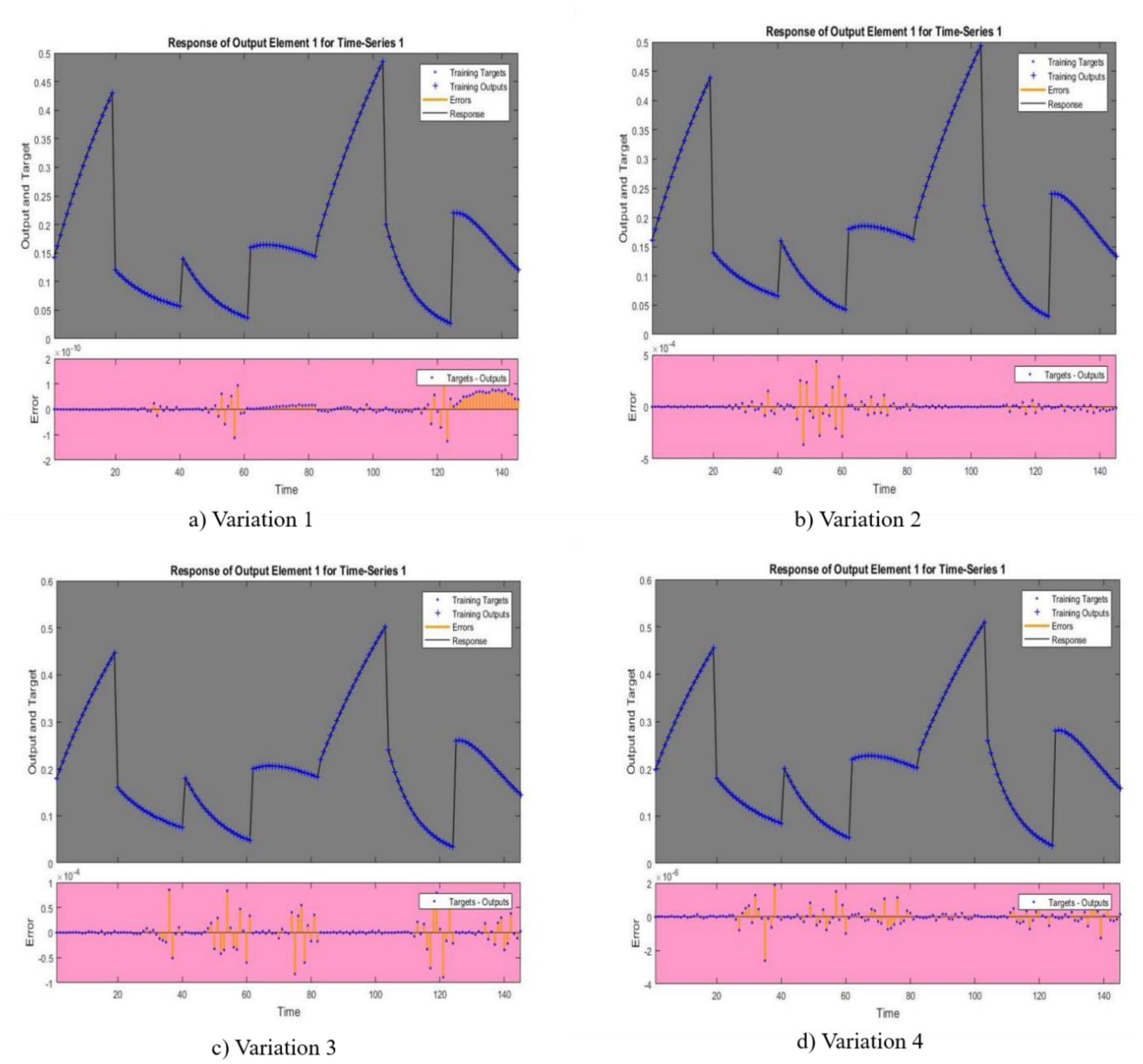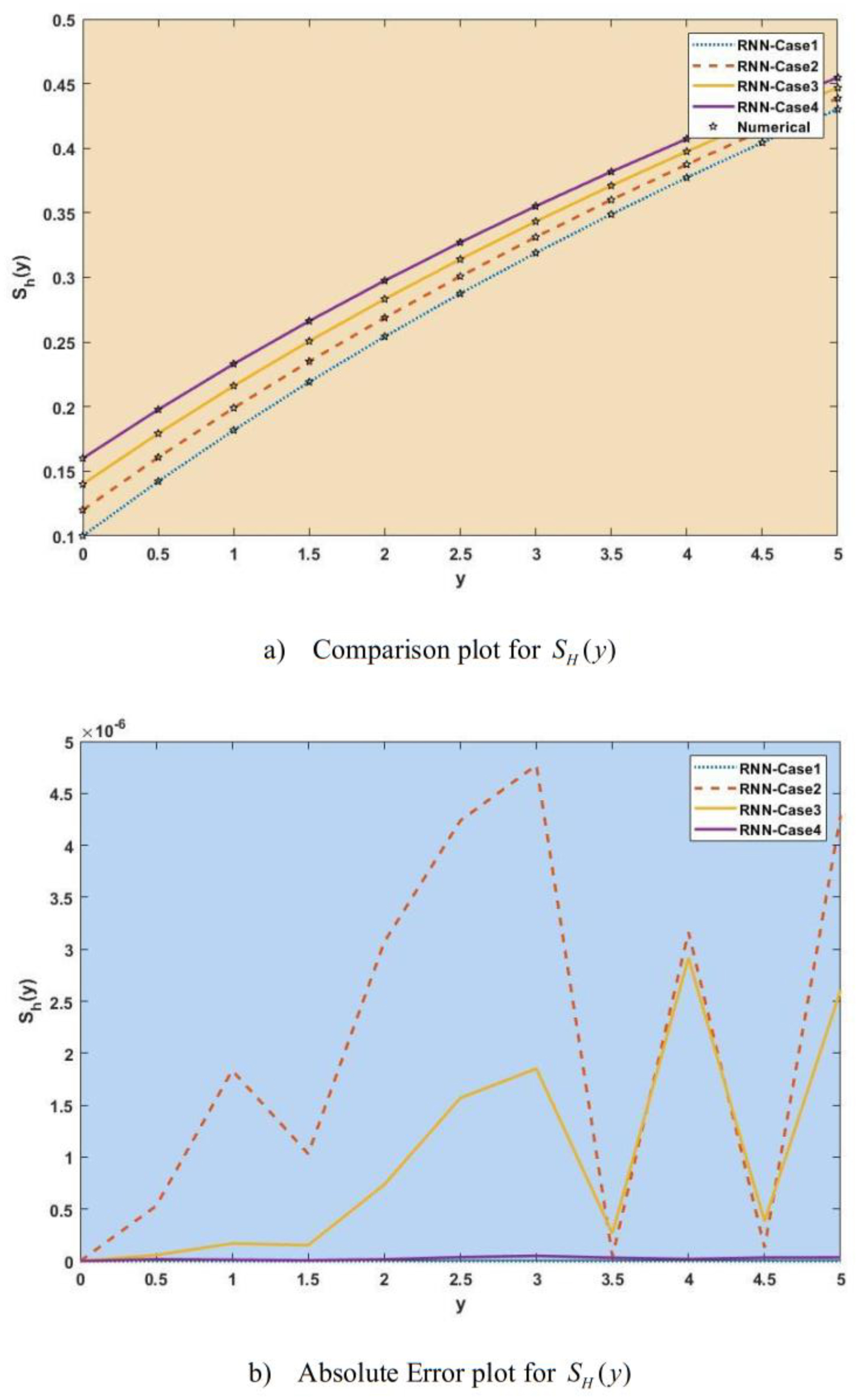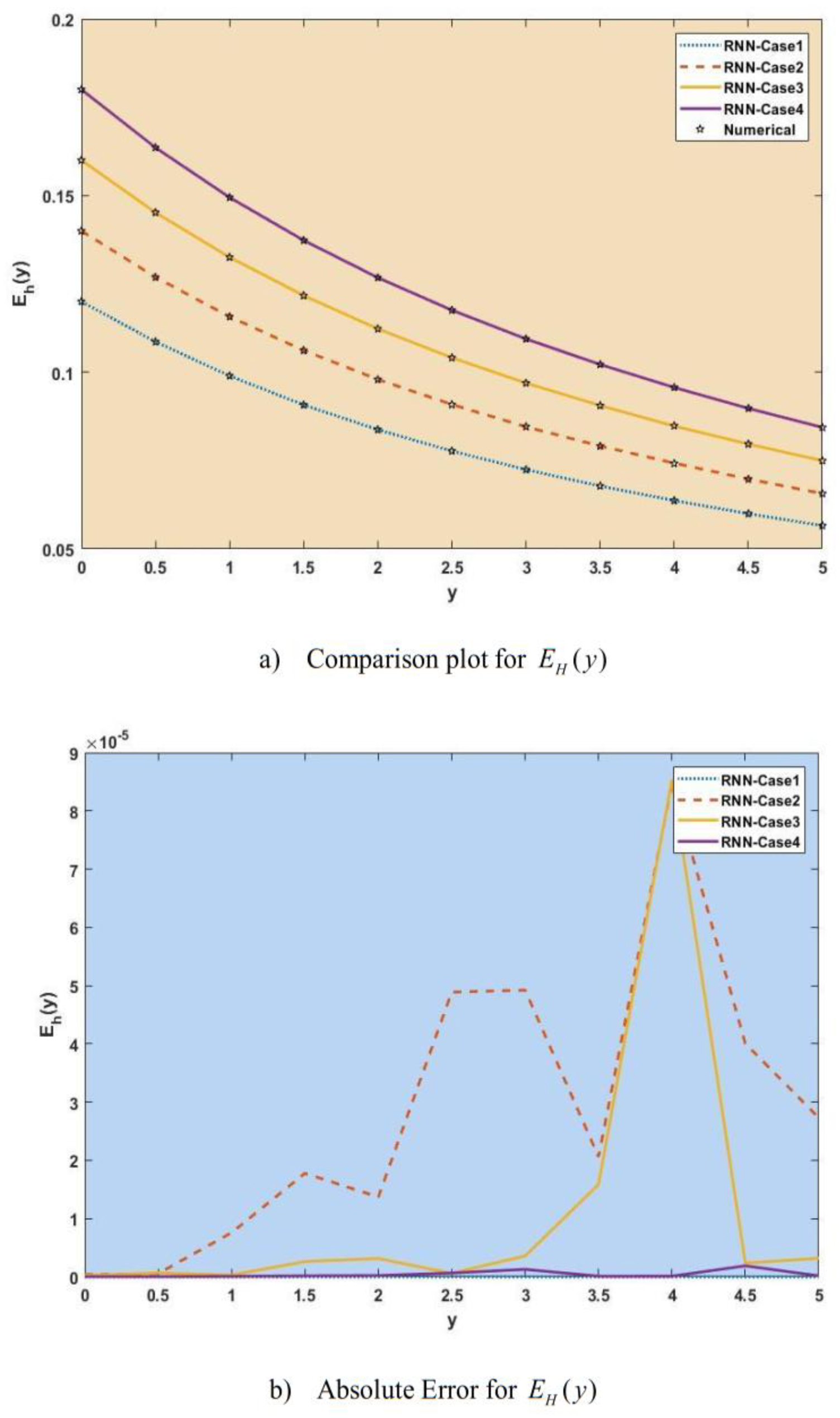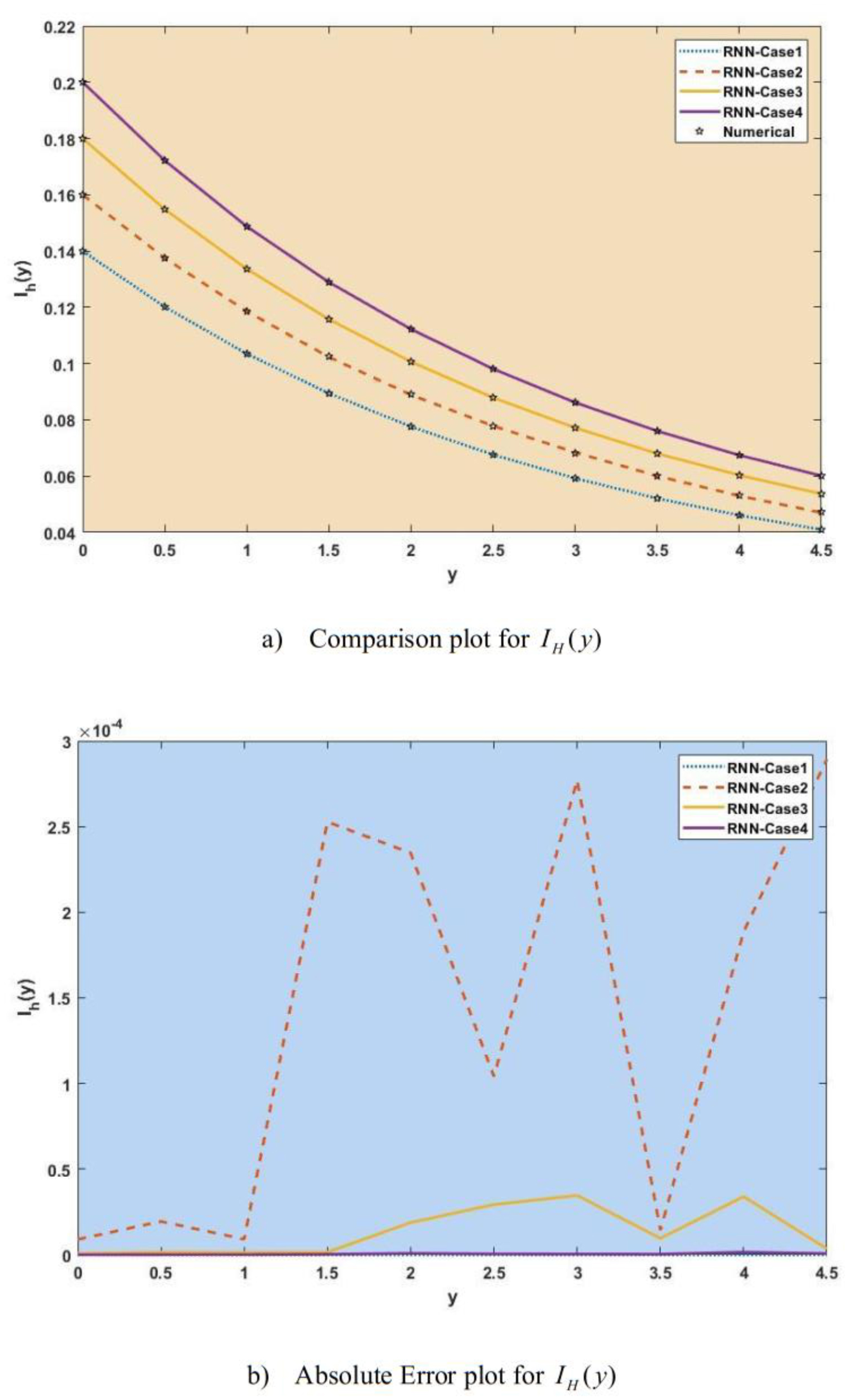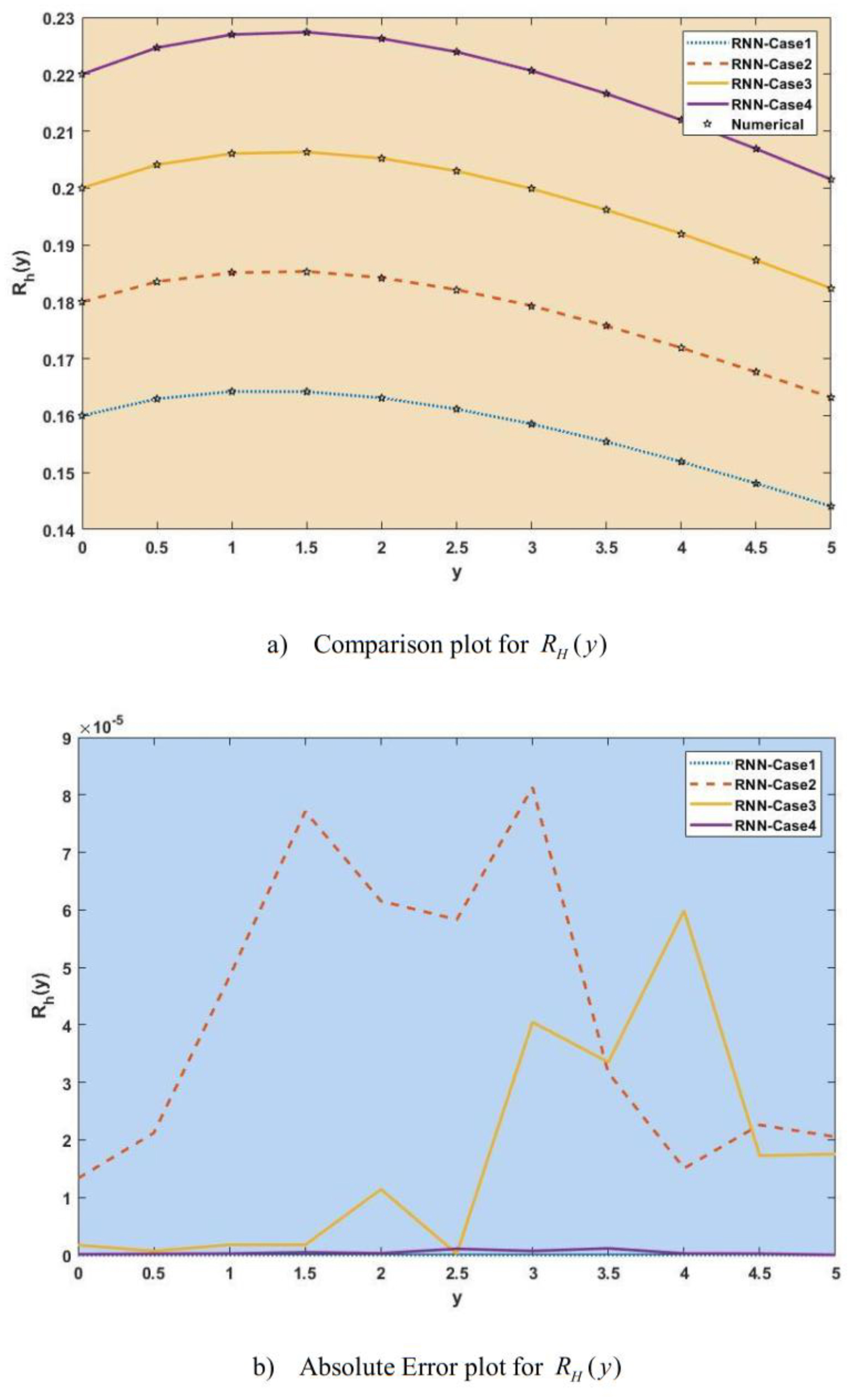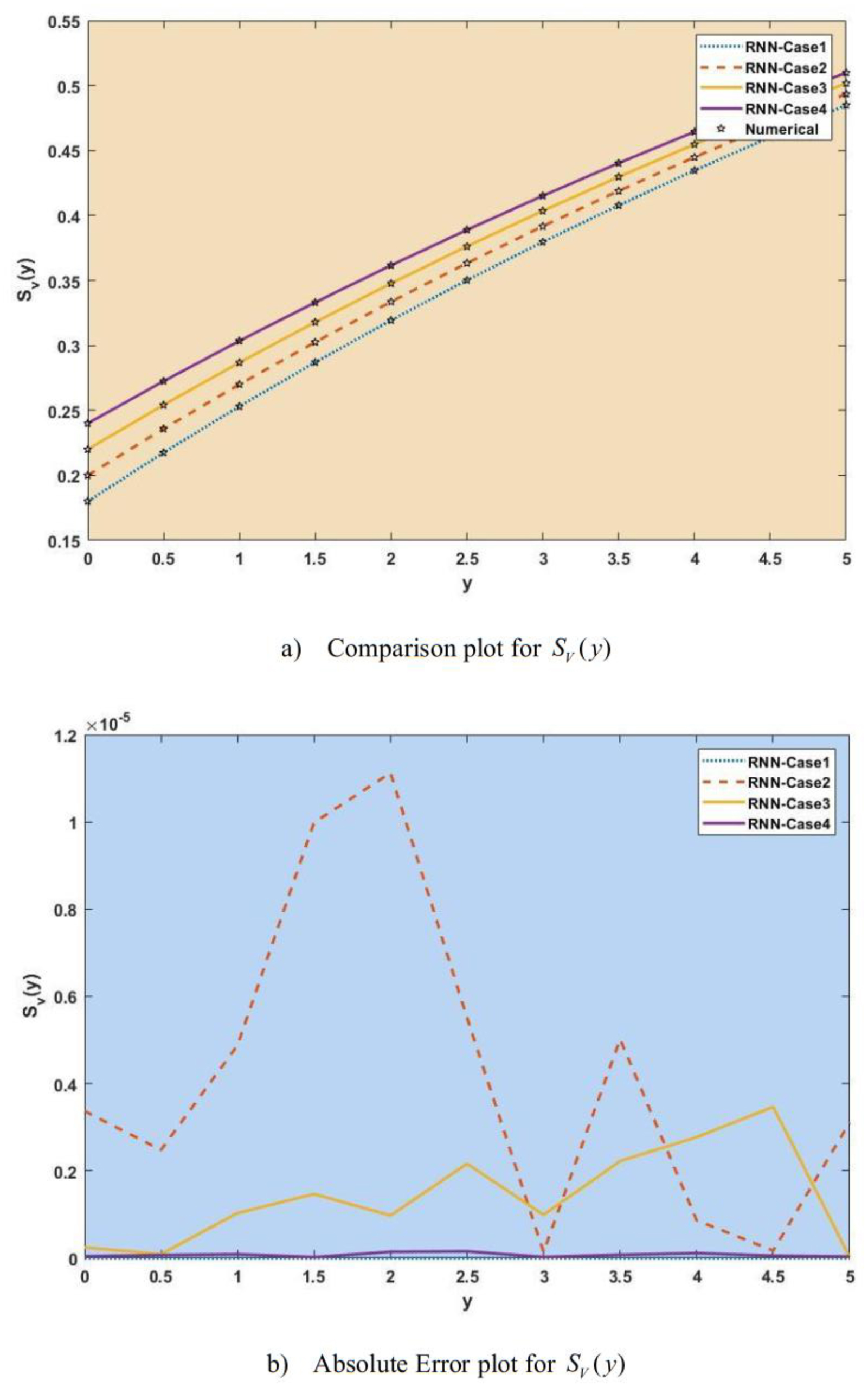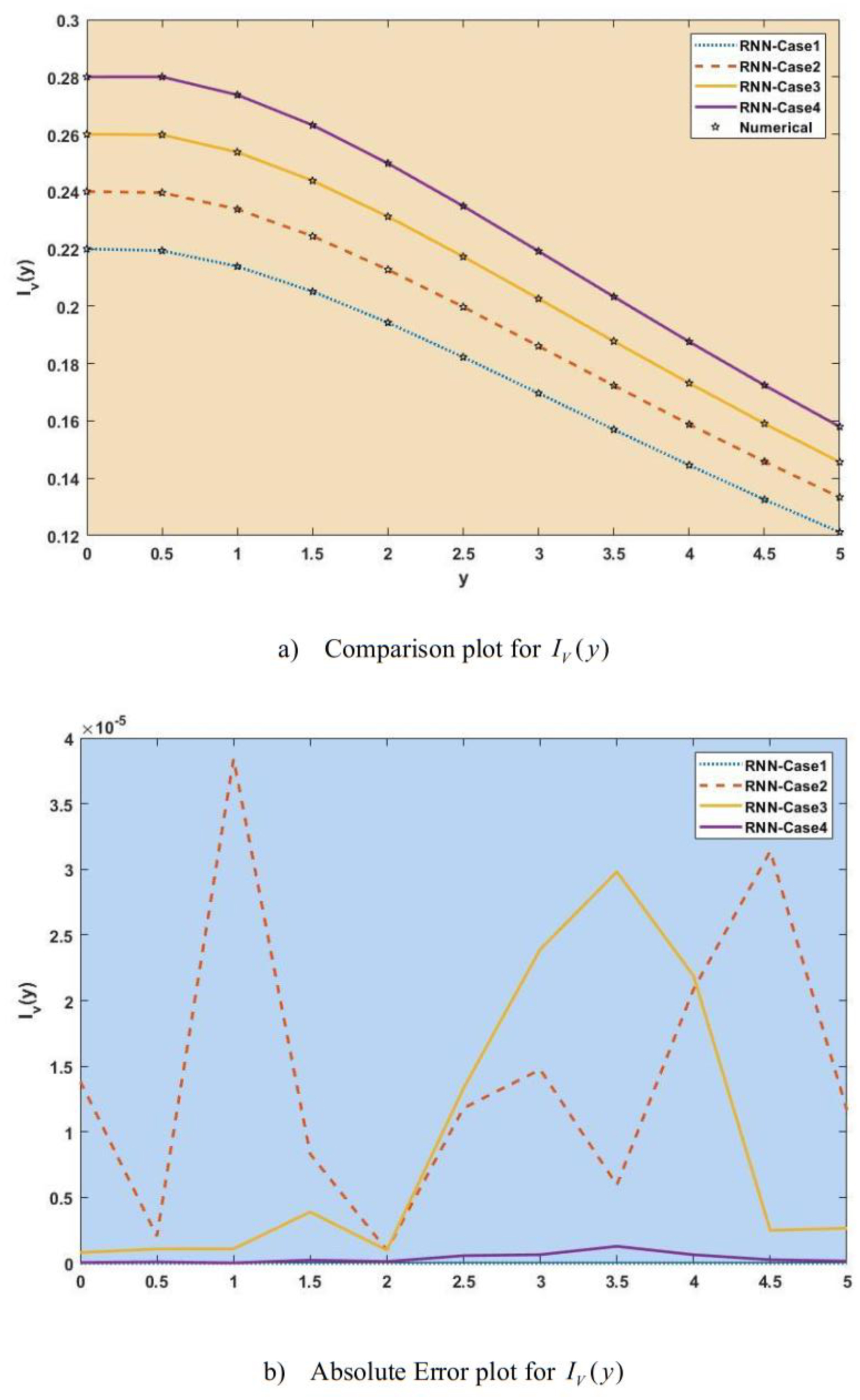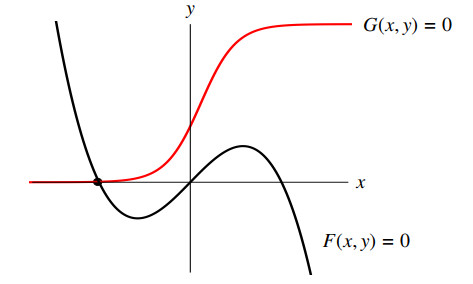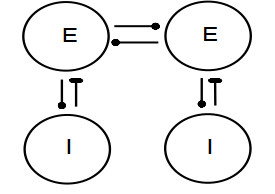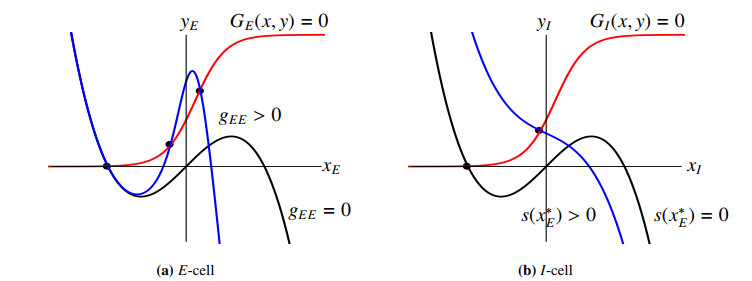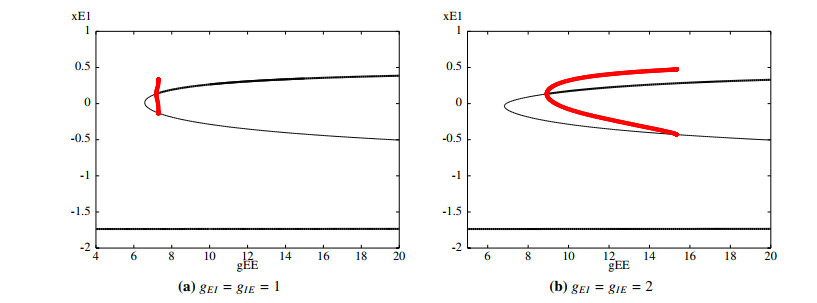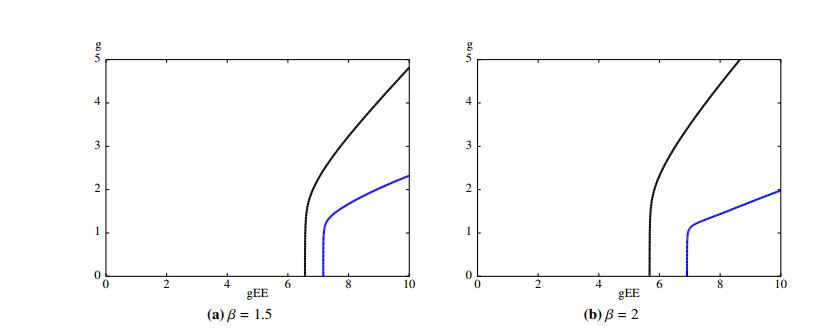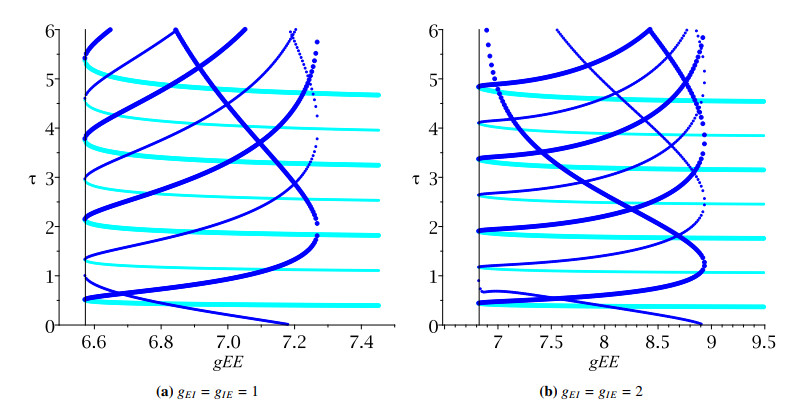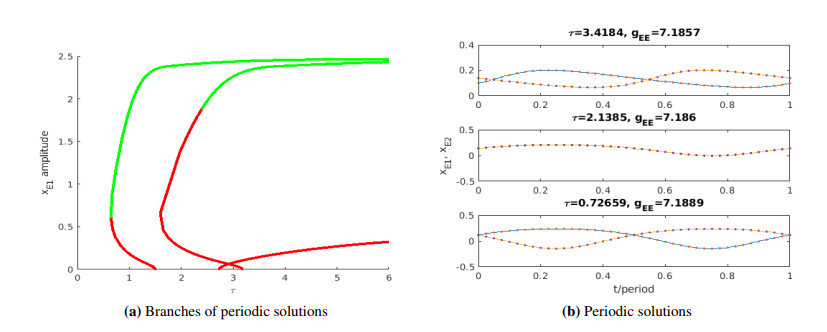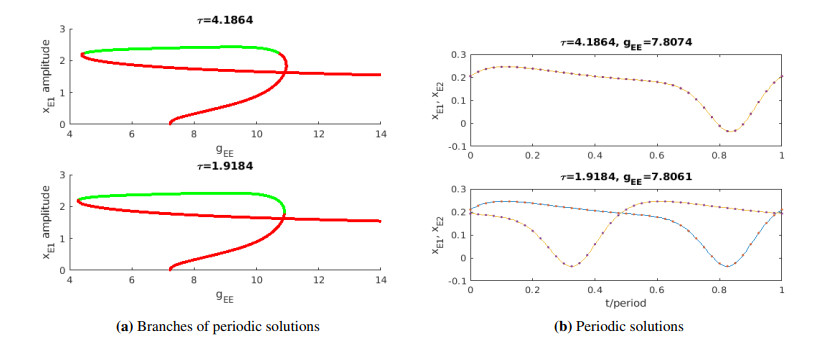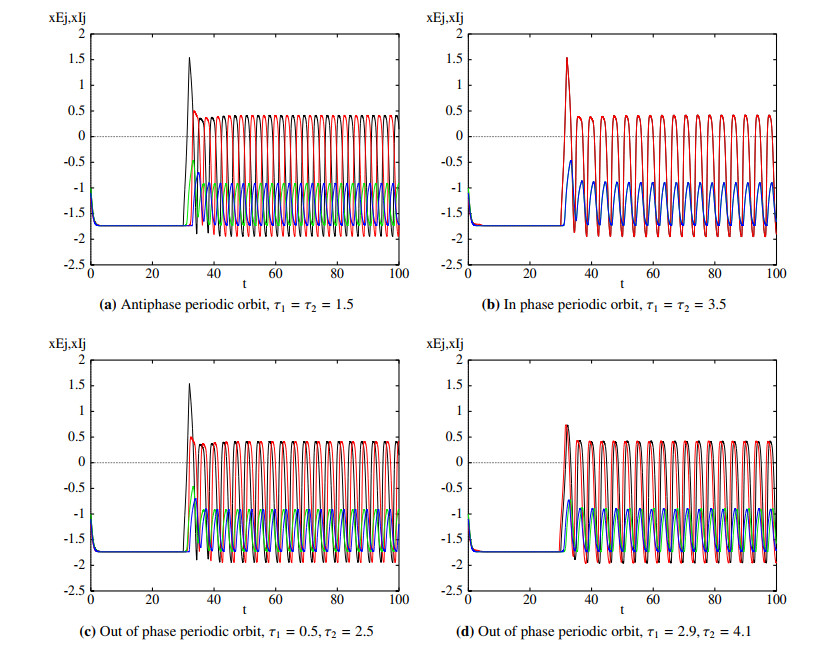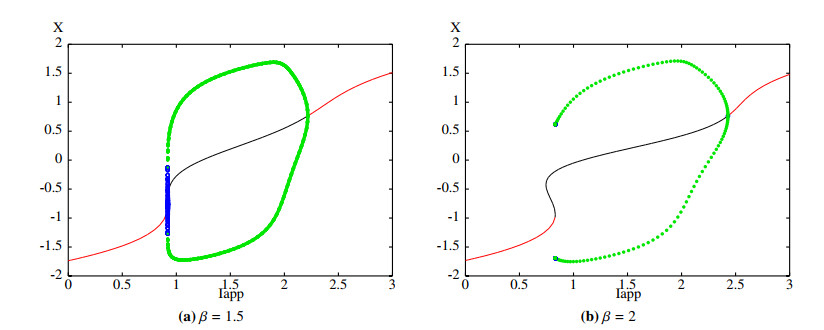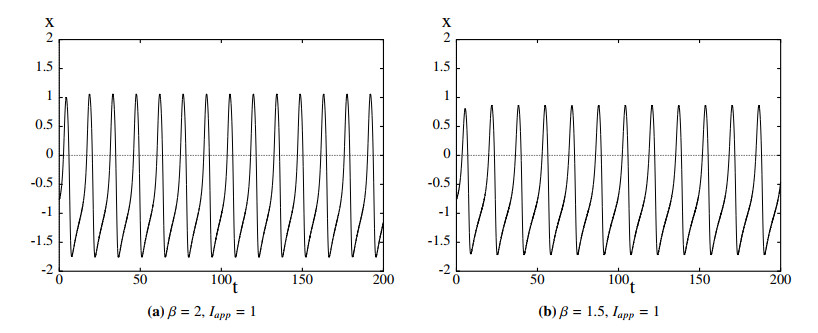| 1.
|
Jeroen Onrust, Eddy Wymenga, Theunis Piersma, Han Olff, Marney Isaac,
Earthworm activity and availability for meadow birds is restricted in intensively managed grasslands,
2019,
56,
0021-8901,
1333,
10.1111/1365-2664.13356
|
|
| 2.
|
Ireneusz Ochmian, Magdalena Błaszak, Sabina Lachowicz, Renata Piwowarczyk,
The impact of cultivation systems on the nutritional and phytochemical content, and microbiological contamination of highbush blueberry,
2020,
10,
2045-2322,
10.1038/s41598-020-73947-8
|
|
| 3.
|
C. J. Stevens, J. N. B. Bell, P. Brimblecombe, C. M. Clark, N. B. Dise, D. Fowler, G. M. Lovett, P. A. Wolseley,
The impact of air pollution on terrestrial managed and natural vegetation,
2020,
378,
1364-503X,
20190317,
10.1098/rsta.2019.0317
|
|
| 4.
|
Hens Runhaar,
Governing the transformation towards ‘nature-inclusive’ agriculture: insights from the Netherlands,
2017,
15,
1473-5903,
340,
10.1080/14735903.2017.1312096
|
|
| 5.
|
Helen Kopnina,
2019,
Chapter 105-1,
978-3-319-71065-5,
1,
10.1007/978-3-319-71065-5_105-1
|
|
| 6.
|
Gábor Deák, Krisztián Katona, Zsolt Biró,
Exploring the use of a carcass detection dog to assess mowing mortality in Hungary,
2021,
69,
2694-7684,
10.25225/jvb.20089
|
|
| 7.
|
Brechtje R. de Haas, Nyncke J. Hoekstra, Jan R. van der Schoot, Eric J.W. Visser, Hans de Kroon, Nick van Eekeren,
Combining agro-ecological functions in grass-clover mixtures,
2019,
4,
2471-2086,
547,
10.3934/agrfood.2019.3.547
|
|
| 8.
|
Susanne Hanger-Kopp, Marlene Palka,
2020,
Chapter 7,
978-981-15-4319-7,
115,
10.1007/978-981-15-4320-3_7
|
|
| 9.
|
Riinu Rannap, Marta M. Kaart, Tanel Kaart, Keit Kill, Evelyn Uuemaa, Ülo Mander, Kuno Kasak,
Constructed wetlands as potential breeding sites for amphibians in agricultural landscapes: A case study,
2020,
158,
09258574,
106077,
10.1016/j.ecoleng.2020.106077
|
|
| 10.
|
Yanniek Schoonhoven, Hens Runhaar,
Conditions for the adoption of agro-ecological farming practices: a holistic framework illustrated with the case of almond farming in Andalusia,
2018,
16,
1473-5903,
442,
10.1080/14735903.2018.1537664
|
|
| 11.
|
Joop C. van Lenteren, Karel Bolckmans, Jürgen Köhl, Willem J. Ravensberg, Alberto Urbaneja,
Biological control using invertebrates and microorganisms: plenty of new opportunities,
2018,
63,
1386-6141,
39,
10.1007/s10526-017-9801-4
|
|
| 12.
|
Helen Kopnina,
Plastic flowers and mowed lawns: the exploration of everyday unsustainability,
2019,
12,
1754-9175,
131,
10.1080/17549175.2018.1527780
|
|
| 13.
|
Ylva Nyberg, Johanna Wetterlind, Mattias Jonsson, Ingrid Öborn,
The role of trees and livestock in ecosystem service provision and farm priorities on smallholder farms in the Rift Valley, Kenya,
2020,
181,
0308521X,
102815,
10.1016/j.agsy.2020.102815
|
|
| 14.
|
Sofia I. F. Gomes, Peter M. van Bodegom, Maaike van Agtmaal, Nadejda A. Soudzilovskaia, Monique Bestman, Elza Duijm, Arjen Speksnijder, Nick van Eekeren,
Microbiota in Dung and Milk Differ Between Organic and Conventional Dairy Farms,
2020,
11,
1664-302X,
10.3389/fmicb.2020.01746
|
|
| 15.
|
Helen Kopnina,
2021,
Chapter 105,
978-3-319-95980-1,
48,
10.1007/978-3-319-95981-8_105
|
|
| 16.
|
Marcela Prokopová, Luca Salvati, Gianluca Egidi, Ondřej Cudlín, Renata Včeláková, Radek Plch, Pavel Cudlín,
Envisioning Present and Future Land-Use Change under Varying Ecological Regimes and Their Influence on Landscape Stability,
2019,
11,
2071-1050,
4654,
10.3390/su11174654
|
|
| 17.
|
Ludovic Larbodière, Jonathan Davies, Ruth Schmidt, Chris Magero, Alain Vidal, Alberto Arroyo Schnell, Peter Bucher, Stewart Maginnis, Neil Cox, Olivier Hasinger, P.C. Abhilash, Nicholas Conner, Vanja Westerburg, Luis Costa,
2020,
9782831720685,
10.2305/IUCN.CH.2020.10.en
|
|
| 18.
|
Barbara Sawicka, Barbara Krochmal-Marczak, Piotr Barbaś, Piotr Pszczółkowski, Marek Ćwintal,
Biodiversity of Weeds in Fields of Grain in South-Eastern Poland,
2020,
10,
2077-0472,
589,
10.3390/agriculture10120589
|
|
| 19.
|
Nina Botha,
Agriculture vs. conservation: how Grootvadersbosch Conservancy finds the common ground,
2020,
102,
0373-6245,
372,
10.1080/03736245.2019.1694970
|
|
| 20.
|
Tlou S. Masehela, Bruce Maseko, Eugenia Barros,
2020,
Chapter 2,
978-3-030-53182-9,
21,
10.1007/978-3-030-53183-6_2
|
|
| 21.
|
Joachim G.C. Deru, Jaap Bloem, Ron de Goede, Nyncke Hoekstra, Harm Keidel, Henk Kloen, Andreas Nierop, Michiel Rutgers, Ton Schouten, Jan van den Akker, Lijbert Brussaard, Nick van Eekeren,
Predicting soil N supply and yield parameters in peat grasslands,
2019,
134,
09291393,
77,
10.1016/j.apsoil.2018.10.018
|
|
| 22.
|
Wenjing Liu, Jingsheng Wang, Chao Li, Baoxiong Chen, Yufang Sun,
Using Bibliometric Analysis to Understand the Recent Progress in Agroecosystem Services Research,
2019,
156,
09218009,
293,
10.1016/j.ecolecon.2018.09.001
|
|
| 23.
|
Jenő Zsolt Farkas, András Donát Kovács,
Nature conservation versus agriculture in the light of socio-economic changes over the last half-century–Case study from a Hungarian national park,
2021,
101,
02648377,
105131,
10.1016/j.landusepol.2020.105131
|
|
| 24.
|
Marco Esposito, Mariano Crimaldi, Valerio Cirillo, Fabrizio Sarghini, Albino Maggio,
Drone and sensor technology for sustainable weed management: a review,
2021,
8,
2196-5641,
10.1186/s40538-021-00217-8
|
|
| 25.
|
Irene Bouwma, Yves Zinngrebe, Hens Runhaar,
2019,
Chapter 9,
978-3-030-28641-5,
153,
10.1007/978-3-030-28642-2_9
|
|
| 26.
|
Ignacio Cazcarro, Carlos A. López‐Morales, Faye Duchin,
The global economic costs of substituting dietary protein from fish with meat, grains and legumes, and dairy,
2019,
23,
1088-1980,
1159,
10.1111/jiec.12856
|
|
| 27.
|
Hens Runhaar, Lea Fünfschilling, Agnes van den Pol-Van Dasselaar, Ellen H.M. Moors, Rani Temmink, Marko Hekkert,
Endogenous regime change: Lessons from transition pathways in Dutch dairy farming,
2020,
36,
22104224,
137,
10.1016/j.eist.2020.06.001
|
|
| 28.
|
Hens Runhaar, Nico Polman, Marijke Dijkshoorn-Dekker,
Self-initiated nature conservation by farmers: an analysis of Dutch farming,
2018,
16,
1473-5903,
486,
10.1080/14735903.2018.1541299
|
|
| 29.
|
Joachim G.C. Deru, Jaap Bloem, Ron de Goede, Harm Keidel, Henk Kloen, Michiel Rutgers, Jan van den Akker, Lijbert Brussaard, Nick van Eekeren,
Soil ecology and ecosystem services of dairy and semi-natural grasslands on peat,
2018,
125,
09291393,
26,
10.1016/j.apsoil.2017.12.011
|
|
| 30.
|
Athanasios T. Balafoutis, Frits K. Van Evert, Spyros Fountas,
Smart Farming Technology Trends: Economic and Environmental Effects, Labor Impact, and Adoption Readiness,
2020,
10,
2073-4395,
743,
10.3390/agronomy10050743
|
|
| 31.
|
H. A. C. Runhaar, Th. C. P. Melman, F. G. Boonstra, J. W. Erisman, L. G. Horlings, G. R. de Snoo, C. J. A. M. Termeer, M. J. Wassen, J. Westerink, B. J. M. Arts,
Promoting nature conservation by Dutch farmers: a governance perspective,
2017,
15,
1473-5903,
264,
10.1080/14735903.2016.1232015
|
|
| 32.
|
Boki Luske, Nick van Eekeren,
Nutritional potential of fodder trees on clay and sandy soils,
2018,
92,
0167-4366,
975,
10.1007/s10457-017-0180-8
|
|
| 33.
|
Qingzheng Zhang, Chenghe Sun, Ying Zhu, Nan Xu, Hongyi Liu,
Genetic diversity and structure of the round-tailed paradise fish (Macropodus ocellatus): Implications for population management,
2020,
21,
23519894,
e00876,
10.1016/j.gecco.2019.e00876
|
|
| 34.
|
Laura Cattell Noll, Allison M Leach, Verena Seufert, James N Galloway, Brooke Atwell, Jan Willem Erisman, Jessica Shade,
The nitrogen footprint of organic food in the United States,
2020,
15,
1748-9326,
045004,
10.1088/1748-9326/ab7029
|
|
| 35.
|
Stefan C. Dekker, Aletta D. Kraneveld, Jerry van Dijk, Agni Kalfagianni, Andre C. Knulst, Herman Lelieveldt, Ellen H. M. Moors, Eggo Müller, Raymond H. H. Pieters, Corné M. J. Pieterse, Stephanie Rosenkranz, Laurentius A. C. J. Voesenek, August C. M. van Westen,
Towards Healthy Planet Diets—A Transdisciplinary Approach to Food Sustainability Challenges,
2020,
11,
2078-1547,
21,
10.3390/challe11020021
|
|
| 36.
|
Joop C. van Lenteren, Philippe C. Nicot,
2020,
Chapter 6,
978-3-030-22303-8,
177,
10.1007/978-3-030-22304-5_6
|
|
| 37.
|
Jan Willem Erisman,
Nature-based agriculture for an adequate human microbiome,
2020,
1879-4238,
10.1007/s13165-020-00304-4
|
|
| 38.
|
Mahdi M. Al‐Kaisi, Rattan Lal,
Aligning science and policy of regenerative agriculture,
2020,
84,
0361-5995,
1808,
10.1002/saj2.20162
|
|
| 39.
|
V. I. Krutyakova,
Biocontrol – providing prospects for sustainable development of domestic agriculture,
2020,
2707-0751,
192,
10.37204/0131-2189-2020-12-22
|
|
| 40.
|
Hens Runhaar,
Four critical conditions for agroecological transitions in Europe,
2021,
1473-5903,
1,
10.1080/14735903.2021.1906055
|
|
| 41.
|
Agata Borowik, Jadwiga Wyszkowska, Jan Kucharski,
Microbiological Study in Petrol-Spiked Soil,
2021,
26,
1420-3049,
2664,
10.3390/molecules26092664
|
|
| 42.
|
Linxiu Wu, Kai Huang, Bradley G. Ridoutt, Yajuan Yu, Ying Chen,
A planetary boundary-based environmental footprint family: From impacts to boundaries,
2021,
785,
00489697,
147383,
10.1016/j.scitotenv.2021.147383
|
|
| 43.
|
Szu‐Hung Chen, Chen‐Fa Wu, Da‐Li Lin, Tien‐Shui Chen, Luu Van Thong Trac,
An empirical and expert‐knowledge hybrid approach to implement farmland habitat assessment for birds,
2022,
4,
2578-4854,
10.1111/csp2.12760
|
|
| 44.
|
R Rosariastuti, S Hartati,
Analysis of bacterial community from the rhizosphere of shallots (Allium ascalonicum L.) in Brebes, Central Java, using Next Generation Sequencing (NGS) approach,
2022,
1114,
1755-1307,
012065,
10.1088/1755-1315/1114/1/012065
|
|
| 45.
|
Soumya Sephalika Swain, Yasaswinee Rout, Phani Bhusan Sahoo, Shubhransu Nayak,
2023,
9780323959254,
59,
10.1016/B978-0-323-95925-4.00006-6
|
|
| 46.
|
C. Blok, W. Verkerke, A. Boedijn, M. Streminska, B. Eveleens,
Recirculation, circular fertilizers and resilience: the potential of growing media systems for circular production,
2021,
0567-7572,
189,
10.17660/ActaHortic.2021.1317.22
|
|
| 47.
|
René L.M. Schils, Conny Bufe, Caroline M. Rhymer, Richard M. Francksen, Valentin H. Klaus, Mohamed Abdalla, Filippo Milazzo, Eszter Lellei-Kovács, Hein ten Berge, Chiara Bertora, Anna Chodkiewicz, Claudia Dǎmǎtîrcǎ, Iris Feigenwinter, Pilar Fernández-Rebollo, Shiva Ghiasi, Stanislav Hejduk, Matthew Hiron, Maria Janicka, Raoul Pellaton, Kate E. Smith, Rachel Thorman, Tom Vanwalleghem, John Williams, Laura Zavattaro, Jarl Kampen, Ria Derkx, Pete Smith, Mark J. Whittingham, Nina Buchmann, J. Paul Newell Price,
Permanent grasslands in Europe: Land use change and intensification decrease their multifunctionality,
2022,
330,
01678809,
107891,
10.1016/j.agee.2022.107891
|
|
| 48.
|
Lea Ellen Matthiessen, Tine Hald, Håkan Vigre,
System Mapping of Antimicrobial Resistance to Combat a Rising Global Health Crisis,
2022,
10,
2296-2565,
10.3389/fpubh.2022.816943
|
|
| 49.
|
Luis Miranda-Barroso, Oscar Aguado, José Vicente Falcó-Gari, David Lopez, Michael Schade, Vasileios Vasileiadis, Francisco Javier Peris Felipo,
Multifunctional areas as a tool to enhance biodiversity and promote conservation in alfalfa fields,
2021,
7,
2423-8112,
251,
10.52547/jibs.7.3.251
|
|
| 50.
|
Marta Sylla, Małgorzata Świąder, José Luis Vicente-Vicente, Gustavo Arciniegas, Dirk Wascher,
Assessing food self-sufficiency of selected European Functional Urban Areas vs metropolitan areas,
2022,
228,
01692046,
104584,
10.1016/j.landurbplan.2022.104584
|
|
| 51.
|
D.A. Vermunt, N. Wojtynia, M.P. Hekkert, J. Van Dijk, R. Verburg, P.A. Verweij, M. Wassen, H. Runhaar,
Five mechanisms blocking the transition towards ‘nature-inclusive’ agriculture: A systemic analysis of Dutch dairy farming,
2022,
195,
0308521X,
103280,
10.1016/j.agsy.2021.103280
|
|
| 52.
|
Vito Imbrenda, Giovanni Quaranta, Rosanna Salvia, Gianluca Egidi, Luca Salvati, Marcela Prokopovà, Rosa Coluzzi, Maria Lanfredi,
Land degradation and metropolitan expansion in a peri-urban environment,
2021,
12,
1947-5705,
1797,
10.1080/19475705.2021.1951363
|
|
| 53.
|
Žaklina Karaklajić-Stajić, Jelena Tomić, Mira Milinković, Marijana Pešaković, Boris Rilak, Svetlana Paunović,
Effectiveness of the biodegradable product FitoBotryfun in improving the fruit quality of 'Čačanska Bestrna' blackberry,
2022,
27,
0354-9542,
17,
10.5937/AASer2253017K
|
|
| 54.
|
Ali Sabir,
2022,
9780323918619,
77,
10.1016/B978-0-323-91861-9.00012-4
|
|
| 55.
|
Jacek Jachuła, Bożena Denisow, Małgorzata Wrzesień, Elżbieta Ziółkowska,
The need for weeds: Man-made, non-cropped habitats complement crops and natural habitats in providing honey bees and bumble bees with pollen resources,
2022,
840,
00489697,
156551,
10.1016/j.scitotenv.2022.156551
|
|
| 56.
|
Anastasiia Zymaroieva, Oleksandr Zhukov, Tetyana Fedoniuk, Tetyana Pinkina, Vitalii Hurelia,
The Relationship Between Landscape Diversity and Crops Productivity: Landscape Scale Study,
2021,
14,
1805-4196,
39,
10.2478/jlecol-2021-0003
|
|
| 57.
|
N. Moazami,
2019,
9780444640475,
772,
10.1016/B978-0-12-809633-8.09186-X
|
|
| 58.
|
Jan Bocianowski, Adam Radkowski, Kamila Nowosad, Iwona Radkowska, Andrzej Zieliński,
The impact of genotype‐by‐environment interaction on the dry matter yield and chemical composition in timothy (
Phleum pratense
L.) examined by using the additive main effects and multiplicative interaction model
,
2021,
76,
0142-5242,
463,
10.1111/gfs.12551
|
|
| 59.
|
Rui Ma, Sen Dou, Yifeng Zhang, Dong Wu, Batande Sinovuyo Ndzelu, Shuai Xie, DiLiMuLaTi YaLiHong,
Different soil particle size changes the 15N retention in soil and 15N utilization by maize,
2022,
843,
00489697,
157133,
10.1016/j.scitotenv.2022.157133
|
|
| 60.
|
Birhan Aynalem, Xinqing Xiao,
Empirical Review of Tuta absoluta Meyrick Effect on the Tomato Production and Their Protection Attempts,
2022,
2022,
2314-7539,
1,
10.1155/2022/2595470
|
|
| 61.
|
Maurizio Canavari, Federico Gori, Selene Righi, Elena Viganò,
Factors fostering and hindering farmers' intention to adopt organic agriculture in the Pesaro-Urbino province (Italy),
2022,
7,
2471-2086,
108,
10.3934/agrfood.2022008
|
|
| 62.
|
Jadwiga Wyszkowska, Agata Borowik, Magdalena Zaborowska, Jan Kucharski,
Sensitivity of Zea mays and Soil Microorganisms to the Toxic Effect of Chromium (VI),
2022,
24,
1422-0067,
178,
10.3390/ijms24010178
|
|
| 63.
|
Joachim G.C. Deru, Jaap Bloem, Ron de Goede, Lijbert Brussaard, Nick van Eekeren,
Effects of organic and inorganic fertilizers on soil properties related to the regeneration of ecosystem services in peat grasslands,
2023,
187,
09291393,
104838,
10.1016/j.apsoil.2023.104838
|
|
| 64.
|
Costin Lianu, Violeta-Elena Simion, Laura Urdes, Rocsana Bucea-Manea-Țoniș, Irina Gabriela Radulescu, Cosmin Lianu,
Agroecological Approaches in the Context of Innovation Hubs,
2023,
15,
2071-1050,
4335,
10.3390/su15054335
|
|
| 65.
|
Magdalena Jastrzębska, Marta Kostrzewska, Agnieszka Saeid,
2022,
9780128170366,
29,
10.1016/B978-0-12-817036-6.00002-9
|
|
| 66.
|
Saritha Vara, Bhavya Kavitha Dwarapureddi, Swathi Dash,
2022,
chapter 7,
9781799884347,
108,
10.4018/978-1-7998-8434-7.ch007
|
|
| 67.
|
Iris Chan, Becca Franks, Matthew N. Hayek,
The ‘sustainability gap’ of US broiler chicken production: trade-offs between welfare, land use and consumption,
2022,
9,
2054-5703,
10.1098/rsos.210478
|
|
| 68.
|
Golam Rasul, Abid Hussain, Lipy Adhikari, David James Molden,
Conserving agrobiodiversity for sustainable food systems in the Hindu Kush Himalaya,
2022,
20,
1473-5903,
1117,
10.1080/14735903.2022.2057642
|
|
| 69.
|
Pedro W. L. Janssen, Nyncke J. Hoekstra, Jan Rinze van der Schoot, Nick van Eekeren,
White clover (
Trifolium repens
) population dynamics are partly dependent on timing of seminal taproot death
,
2023,
78,
0142-5242,
173,
10.1111/gfs.12598
|
|
| 70.
|
Lili Zhang, Baoqing Hu, Ze Zhang, Gaodou Liang, Simin Huang,
Comprehensive Evaluation of Ecological-Economic Value of Guangxi Based on Land Consolidation,
2023,
12,
2073-445X,
759,
10.3390/land12040759
|
|
| 71.
|
Mário Teixeira, António Soares, Paulo Borges, Mar Calvet, Ángel Peñalver, Hugo Monteiro, Jorge Frias, Nelson Simoes,
Monitoring Arthropods in maize and pasture fields in São Miguel and São Jorge Islands: IPM-Popillia Project,
2023,
11,
1314-2828,
10.3897/BDJ.11.e109431
|
|
| 72.
|
Nuno M.L. Paiva, Susana C. Ribeiro, Henrique J.D. Rosa, Célia C.G. Silva,
Comparative study of the bacterial community of organic and conventional cow's milk,
2024,
120,
07400020,
104488,
10.1016/j.fm.2024.104488
|
|
| 73.
|
Lucrecia Arellano, Ilse J. Ortega-Martínez, José D. Rivera, Fredy Alvarado,
2024,
Chapter 5,
978-3-031-49254-9,
75,
10.1007/978-3-031-49255-6_5
|
|
| 74.
|
Nyncke J. Hoekstra, Jonathan R. De Long, Anne P. Jansma, Goaitske Iepema, Astrid Manhoudt, Nick van Eekeren,
Differences in grassland sward biodiversity and management regime lead to mixed effects on ecosystem services,
2023,
149,
11610301,
126886,
10.1016/j.eja.2023.126886
|
|
| 75.
|
Ferah Özer, Çiğdem Han Tosunoğlu,
2024,
Chapter 11,
978-3-031-55232-8,
181,
10.1007/978-3-031-55233-5_11
|
|
| 76.
|
Suzanne Marselis, Anne van Doorn, Natasja Oerlemans, Koos Biesmeijer, Jan Willem Erisman,
Key Performance Indicators to Bend the Curve: A Vision on Reversing Environmental Degradation,
2022,
1556-5068,
10.2139/ssrn.4182100
|
|
| 77.
|
Ivo Vinogradovs, Oļģerts Nikodemus, Andris Avotiņš, Anita Zariņa,
Distribution of ecosystem service potential in marginal agroecosystems in a mosaic-type landscape under exploratory scenarios,
2023,
18,
1747-423X,
356,
10.1080/1747423X.2023.2259393
|
|
| 78.
|
Flavia Aschi, Stefan C. Dekker, Detlef P. van Vuuren, Patrick W. Bogaart, Kenneth F. Rijsdijk, E. Emiel van Loon,
Costs and benefits of protecting linear landscape elements: Applying systematic conservation planning on a case study in the Netherlands,
2023,
348,
03014797,
119262,
10.1016/j.jenvman.2023.119262
|
|
| 79.
|
Swantje Gebhardt, Jerry van Dijk, Martin J. Wassen, Martha Bakker,
Agricultural intensity interacts with landscape arrangement in driving ecosystem services,
2023,
357,
01678809,
108692,
10.1016/j.agee.2023.108692
|
|
| 80.
|
Vandana Roy, Amit Kumar Chandanan, Priti Maheshwary, Vivek Kumar Sarathe, Piyush Kumar Shukla,
2024,
9780443131851,
91,
10.1016/B978-0-443-13185-1.00006-X
|
|
| 81.
|
Jie Li, Xin Jiang, Xianhui Zhou, Xin Yin, Kechang Niu,
Grasses mixture-planting rather than fertilization depresses soil microbial diversity in an alpine artificial grassland,
2023,
0032-079X,
10.1007/s11104-023-06395-8
|
|
| 82.
|
P. Dussán López, Jonathan Davies, Ludovic Larbodière, Mercedes Muñoz Cañas, James Dalton,
2023,
9782831722511,
10.2305/LCRH6058
|
|
| 83.
|
Rolf Weber, Marius Kuhlmann, Jan Lask, Jürgen Braun, Markus Frank,
Assessing biodiversity potential of arable farms – A conceptual approach,
2023,
9,
2331-1932,
10.1080/23311932.2023.2234153
|
|
| 84.
|
Soura Shuvra Gupta, Sukanya Misra, Avijit Ghosh,
2024,
9780323954822,
143,
10.1016/B978-0-323-95482-2.00007-9
|
|
| 85.
|
Emmalie Sanders, Skye Wassens, Damian R. Michael, Dale G. Nimmo, James M. Turner,
Extinction risk of the world's freshwater mammals,
2024,
38,
0888-8892,
10.1111/cobi.14168
|
|
| 86.
|
Mark Otieno,
2024,
Chapter 7,
978-3-031-70471-0,
101,
10.1007/978-3-031-70472-7_7
|
|
| 87.
|
Mark Otieno,
2024,
Chapter 9,
978-3-031-70471-0,
193,
10.1007/978-3-031-70472-7_9
|
|
| 88.
|
Simon Roques, Lisanne Koning, Johan van Riel, Alex Bossers, Dirkjan Schokker, Soumya Kanti Kar, Léon Sebek,
Influence of agroecology practices on rumen microbiota associated with methane emission in dairy cattle,
2023,
303,
03778401,
115716,
10.1016/j.anifeedsci.2023.115716
|
|
| 89.
|
Mesut Sirri, Neslihan Bal,
Survey of the Current Distribution Areas of Cassida Species Detected on Centaurea behen L. in Hakkari Province in Turkey with Maxent Model,
2025,
132,
0013-872X,
10.3157/021.132.0102
|
|
| 90.
|
Nick van Eekeren, Jurre Dekker, Rob Geerts, Pedro Janssen, Anthonie Stip, Tim Visser, Jaap Bloem, Ron de Goede,
Disturbance from tillage is a dominant factor in explaining differences in soil biodiversity of three grasslands management types,
2025,
206,
09291393,
105881,
10.1016/j.apsoil.2025.105881
|
|
| 91.
|
Sharma Parul, Sharma Abhilasha,
Deep learning to improve plant biosecurity and agriculture sustainability: A systematic literature review,
2025,
1749-8848,
10.1079/cabireviews.2025.0009
|
|
| 92.
|
Sinéad O‘Keeffe, Sophie Stein, Michael Curran, Lukas Baumgart, Sabine Zikeli, Marianna Siegmund-Schultze,
How to square the circle? A conceptual framework synergising strategies for circular agriculture to tackle climate change and enhance overall on-farm sustainability,
2025,
0044-7447,
10.1007/s13280-025-02154-4
|
|
| 93.
|
Gerbrich Bonekamp, Mira A. Schoon, Sipke-Joost Hiemstra, Rita A.H. Hoving-Bolink, Jan ten Napel, Jack J. Windig,
Breed-environment interaction of native Dutch cattle breeds in agroecological context,
2025,
00220302,
10.3168/jds.2024-25802
|
|
| 94.
|
Artur Wilczynski, Ewa Koloszycz,
Economic Resilience in European Dairy Farms: Trends, Determinants and Challenges ,
2025,
27,
15829146,
587,
10.24818/EA/2025/69/587
|
|
| 95.
|
Thomas R. Dando, Sarah L. Crowley, Richard P. Young, Stephen P. Carter, Huw Denman, Robbie A. McDonald,
Understanding farmers' perspectives and engagement with wildlife conservation practices: Insights from a European wildcat reintroduction,
2025,
2575-8314,
10.1002/pan3.70070
|
|
| 96.
|
Anne Pieter Jansma, Nyncke Jitske Hoekstra, Bas van den Broek, Hans de Kroon, Nick van Eekeren,
Linking key performance indicators to insect abundance in agricultural grasslands: Effects of plant diversity, farming intensity, soil type and landscape characteristics,
2025,
97,
2768-5241,
10.1080/27685241.2025.2529234
|
|










 DownLoad:
DownLoad:



